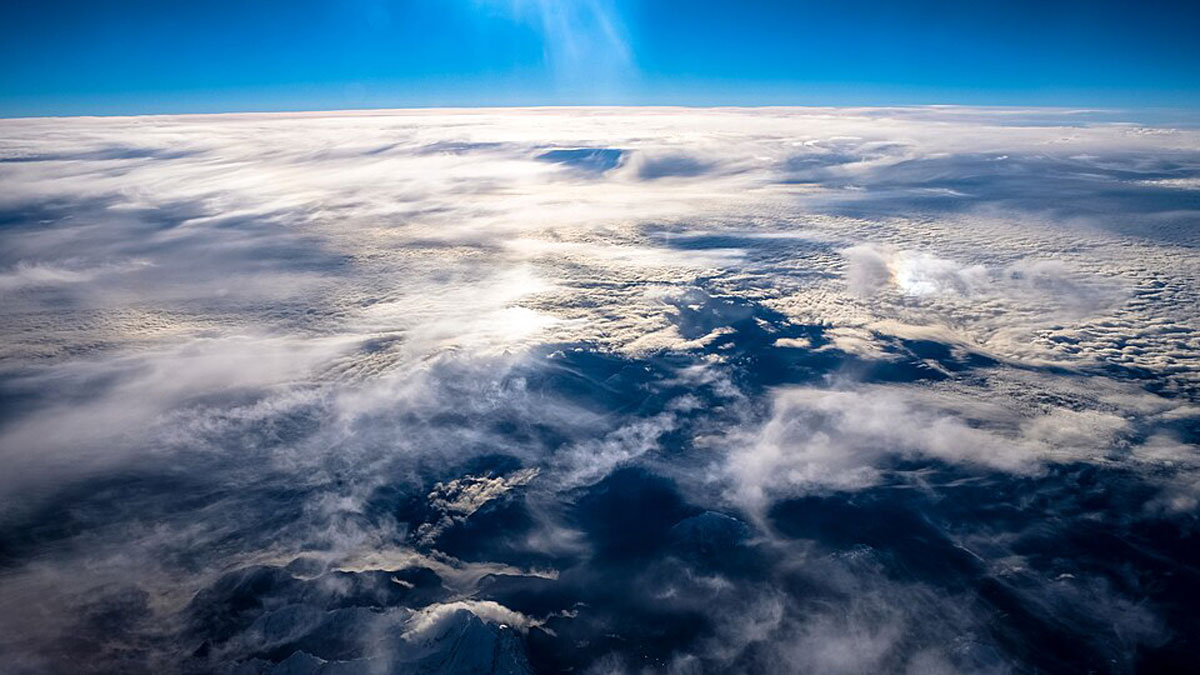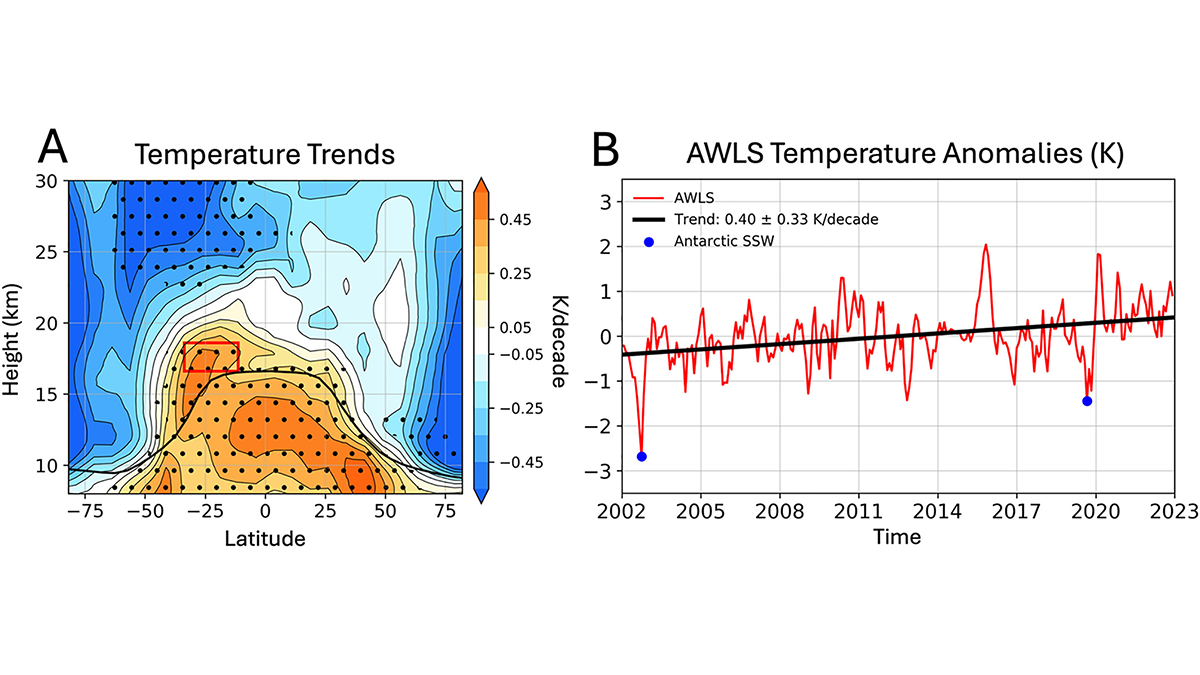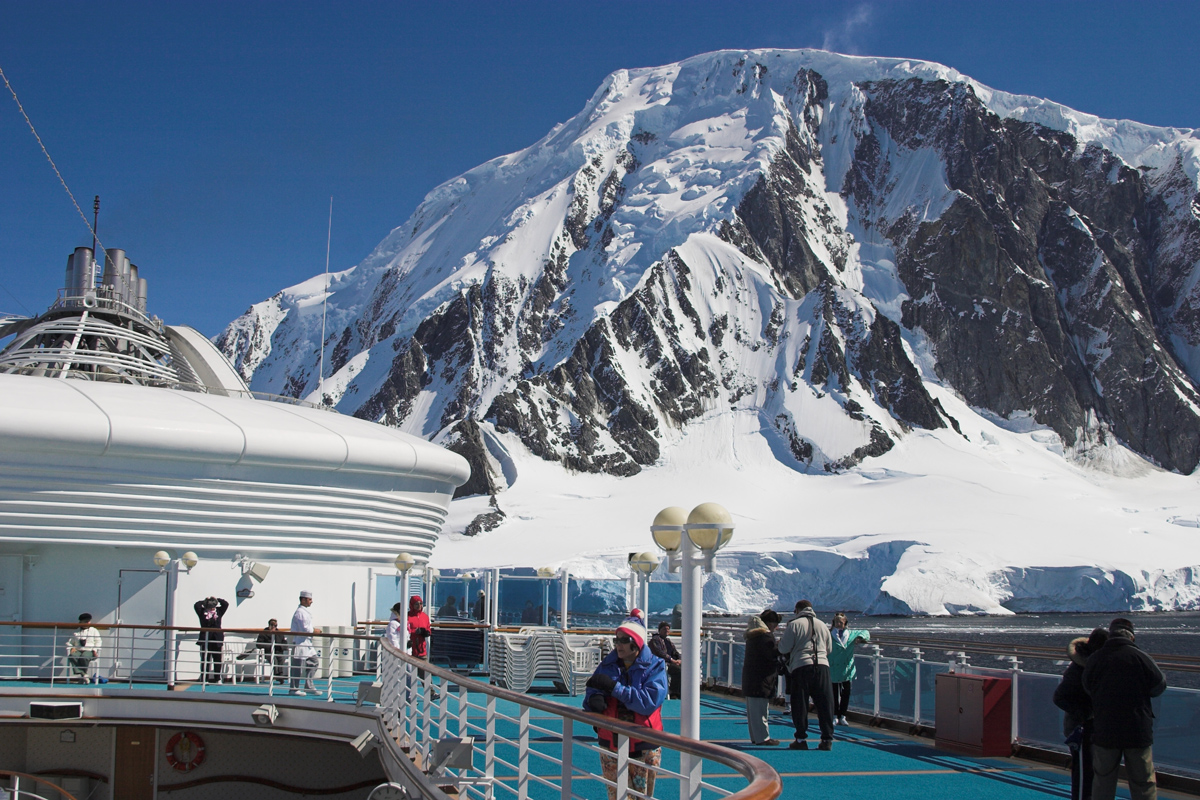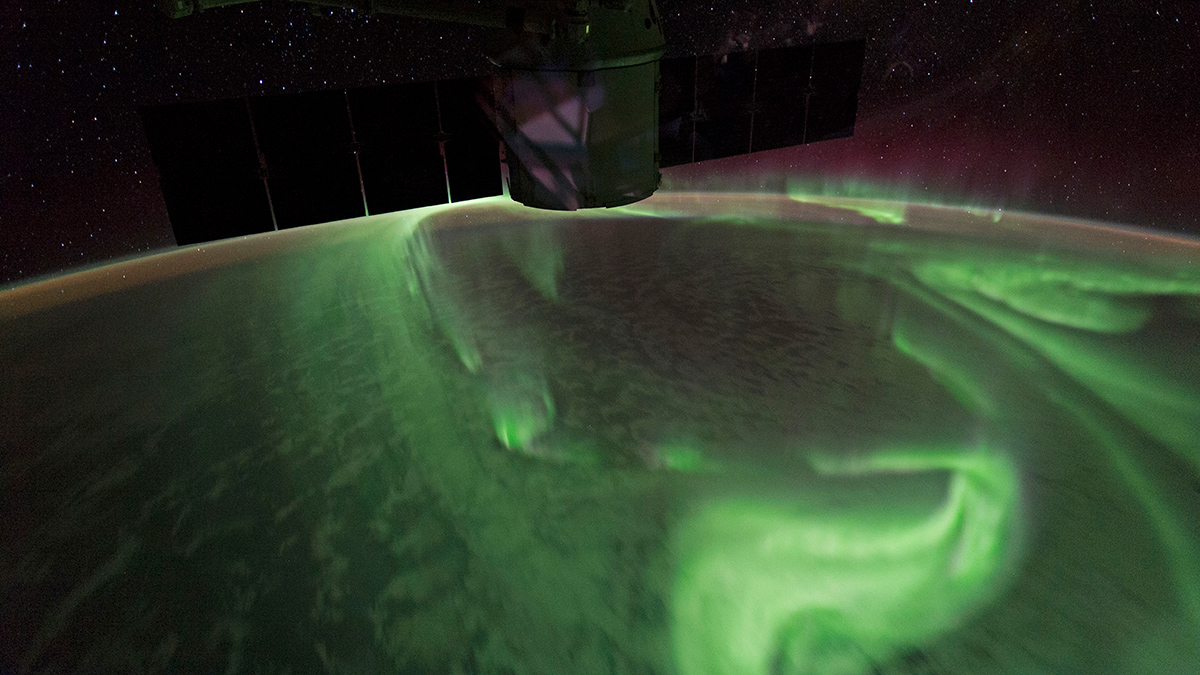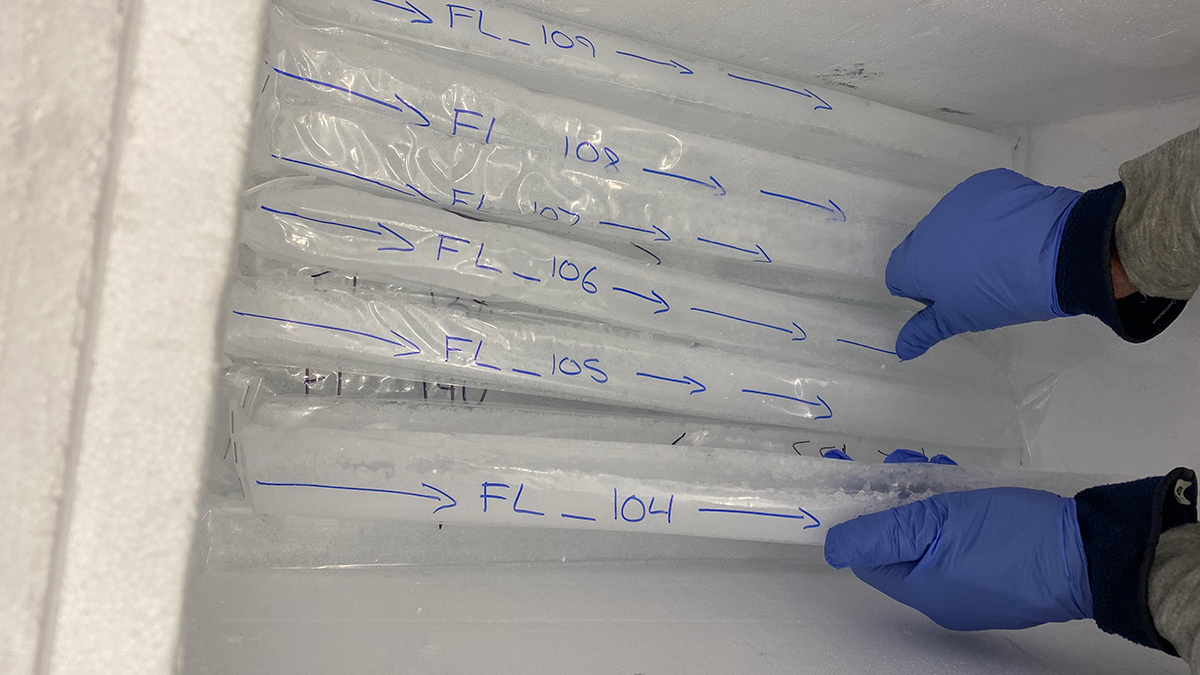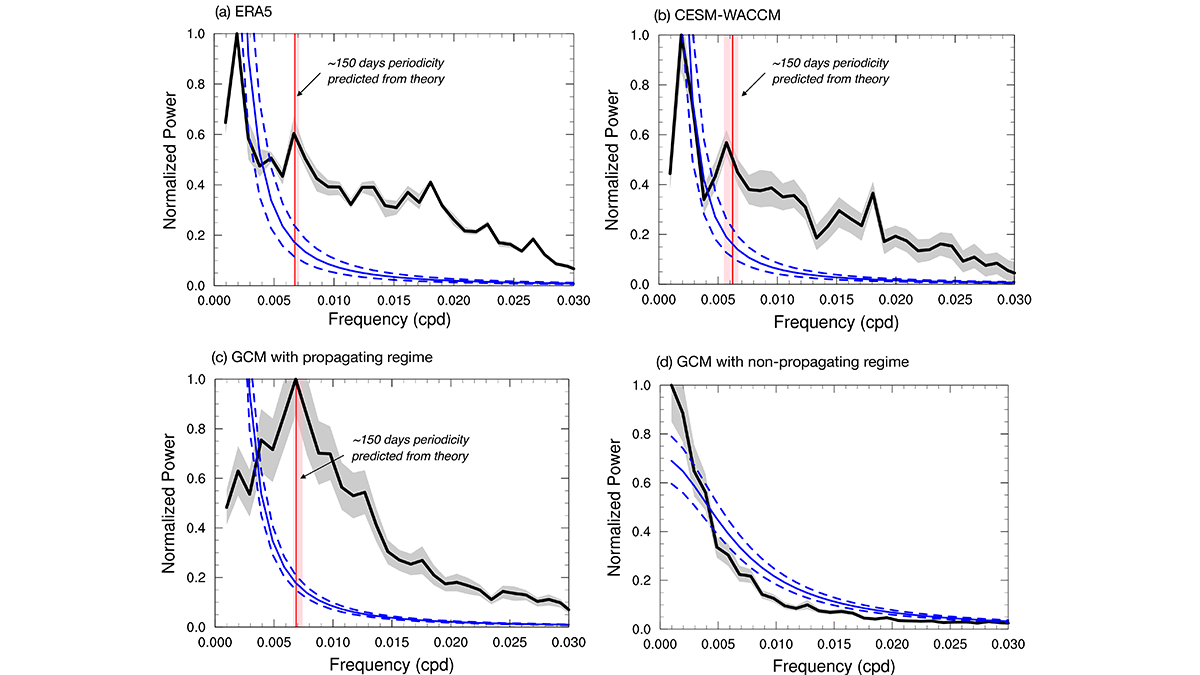The Northern Hemisphere is absorbing more sunlight than the Southern Hemisphere, and clouds can no longer keep the balance.
Southern Hemisphere
Southern Hemisphere Subtropical Lower Stratosphere is Warming
Warming of the Southern Hemisphere (SH) subtropical lower stratosphere is due to slowing of Brewer-Dobson Circulation, thus cooling the Antarctic lower stratosphere and masking anticipated ozone recovery.
Tourism and Distant Fires Affect Antarctica’s Black Carbon Levels
Tourism and biomass burning in the Southern Hemisphere are boosting black carbon levels and accelerating ice melt in Antarctica.
Space Hurricanes Swirl in the Southern Hemisphere, Mostly in Summer
Previous studies of the recently discovered space weather feature focused on the Northern Hemisphere. Dozens hit the Southern Hemisphere each year, new research shows.
Núcleos de hielo de la Antártica capturan la contaminación de los metales pesados y su historia
Un núcleo de hielo que tiene registro más de 2 milenios, sugiere que la minería y la metalurgia aumentaron y disminuyeron con acontecimientos como las guerras y las epidemias.
Antarctic Ice Cores Capture Heavy Metal Pollution—And History
An ice core record stretching back more than 2 millennia hints at the mining and metallurgy that waxed and waned with events such as wars and epidemics.
Global Water Loss Happens Almost Entirely in the Southern Hemisphere
A recent study suggests that the Southern Hemisphere not only is more vulnerable to climate change but also loses significantly more water than the Northern Hemisphere.
How Llama Poop Is Helping an Andean Community Adapt to Melting Glaciers
Reintroducing these animals can enrich barren soils and potentially reduce water contamination, a study shows.
A 150-Day Periodicity is Revealed in the Southern Extratropics
An internally generated 150-day periodicity is newly identified in the Southern Hemisphere extratropical large-scale atmospheric circulation, which arises from the annular mode’s propagating regime.

